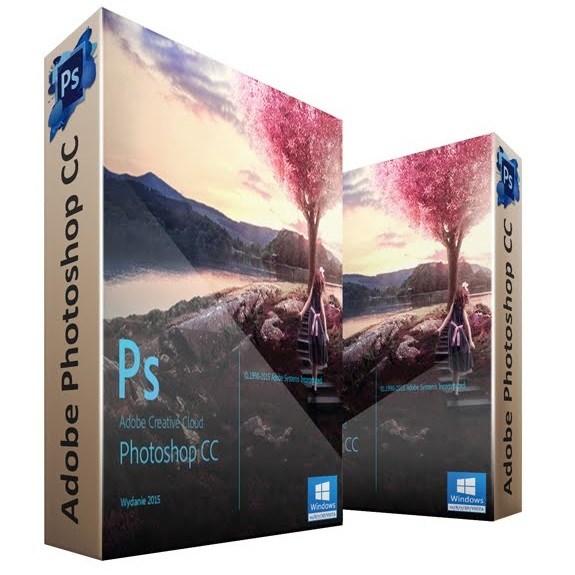

- #Adobe camera raw for photoshop 7.0 mac os#
- #Adobe camera raw for photoshop 7.0 install#
- #Adobe camera raw for photoshop 7.0 update#
- #Adobe camera raw for photoshop 7.0 pro#
- #Adobe camera raw for photoshop 7.0 software#
Make the “b” channel active (Command + 5 on the Mac, CTRL + 5 for PCs) and repeat the step #4. In the Channels palette, make the “a” channel only active (Command + 4 on the Mac, CTRL + 4 for PCs, Photoshop CS5 to CS6) In Photoshop, convert the file to the Lab colorspace ( Image – Mode – Lab Color). Bit depth and RGB profile do not matter, your default values are fine. IIQ file in Adobe Camera Raw, everything zeroed but the White Balance. It’s worth to try this one at least once on some of your files (a white wall test shot and a couple of real world pictures): Right now both Photoshop CS6 and Lightroom 4 officially support the whole range of Phase One backs yet the problem is there anyway. There’s an easy way to check whether your raw files are correctly managed by ACR, or they show a so-called paneling “bug”. Mind you: this problem doesn’t show up using Capture One, which reads and interprets correctly the proprietary tags embedded within the. The differences between each zone can be easily boosted by the usual Photoshop color/contrast enhancing routines that are in your repertoire as a retoucher: and believe me, you won’t like to end up with an image which has both magenta and green casts displaced in a chessboard fashion: it’s bad times. The crucial fact is that if this calibration is lost (and ACR 7.0 and earlier versions lose it), the raw data will be translated into a faulty, demosaicized image. Bottom: the “a” channel from Lab equalized shows it more clearly Up: RGB version, weak green/magenta color casts in the asphalt. Whether the sensor is controlled by different pieces of electronics, or it is made with smaller sensors glued together I don’t know and frankly I don’t care. This data, as far as I can see, is used to balance the response of the sensor, which is geometrically divided into 8 sections (2 rows, 4 columns). IIQ files contain sensor calibration data that is not correctly interpreted by ACR, or not interpreted at all.

IIQ raw files with Adobe Camera Raw (ACR from now on)is a bad thing to do, theoretically, because they were: “not officially supported”. What does this mean, it’s a fair question to ask, you may wonder, since ACR seems to read and open them flawlessly just like any other CR2, NEF, DNG file.

That’s what I’ve been told once, and the man was right somehow. What is the part of “not officially supported” that you don’t understand? However, there’s a hidden, annoying pitfall that you must be aware of – friendly called the IIQ paneling “bug”. I’m afraid I don’t share the same confidence of Capture One passionate supporters: ever since Adobe distributed the new Adobe Camera Raw 7.0 (shipped with Photoshop CS6, which technology is embedded in Lightroom 4) we finally have an excellent alternative – I would say a far better choice under many key aspects.
#Adobe camera raw for photoshop 7.0 software#
Finest quality, and above all they make the hardware, so they’re supposed to code the best software to drive it.
#Adobe camera raw for photoshop 7.0 pro#
การเลือกภูมิภาคจะเปลี่ยนภาษาและ/หรือเนื้อหาบนเว็บไซต์ Adobe.If you’re a Phase One digital back owner (IQ and P+ series) you’ve been told that Phase One Capture One Pro is the main choice for raw processing.
#Adobe camera raw for photoshop 7.0 update#
See: Update to camera support policy in CS6 Note 6: Adobe Camera Raw will no longer be updated for Photoshop CS6 after version 9.1.1.
#Adobe camera raw for photoshop 7.0 mac os#
Note 5: If you are using Mac OS 10.6, Windows XP, or Windows Vista, Adobe Camera Raw 8.4 and later is not compatible. For more information, see Error "not enough memory" when you open a camera raw file in Photoshop Elements 4.0.1 (Mac OS 10.3).
#Adobe camera raw for photoshop 7.0 install#
Note 4: If you are using Mac OS 10.3.x, then Camera Raw 4.1 is the latest version that you can install for Photoshop Elements 4.0.1. For more information, see Use Camera Raw 5.x with Photoshop Elements 6 when you also have Photoshop CS3 installed (Mac OS). Note 3: When you install Adobe Bridge CS3 as part of Photoshop Elements 6 on Mac OS, Adobe Bridge supports Camera Raw through version 5.5. You cannot update the Camera Raw plug-in for After Effects 7. Note 2: After Effects 7 includes version 3.2.0.1 of the Camera Raw plug-in, which was designed solely for use with After Effects 7.

Note 1: For any version of Adobe Premiere Elements, you can import supported digital camera raw images but you cannot access the Camera Raw dialog box.


 0 kommentar(er)
0 kommentar(er)
